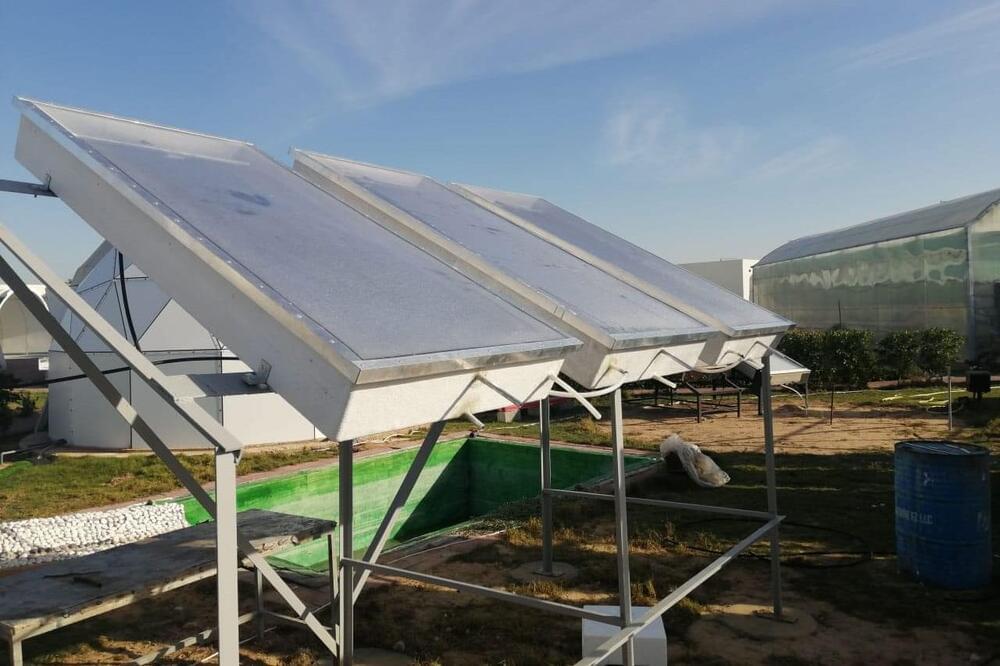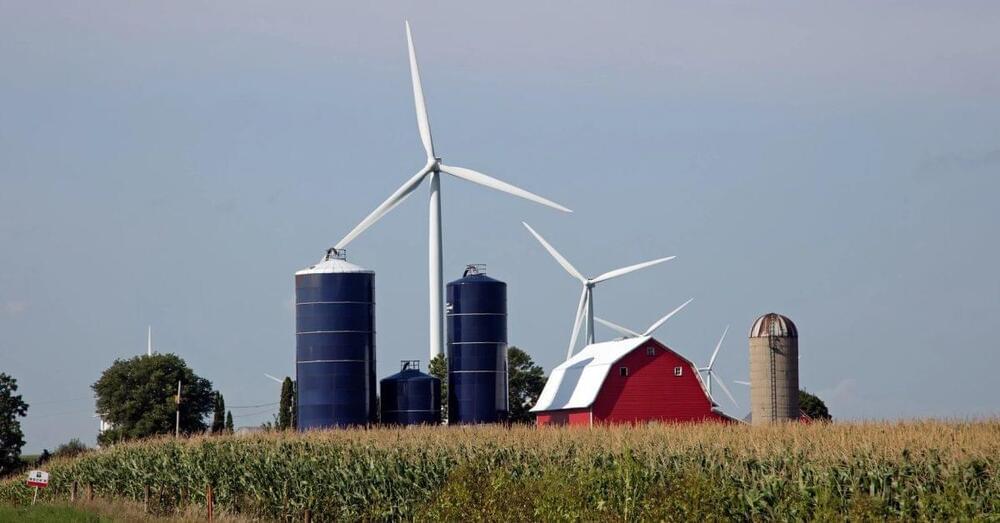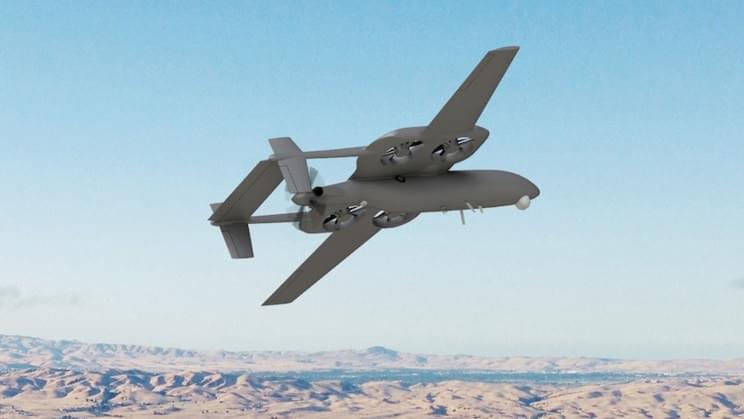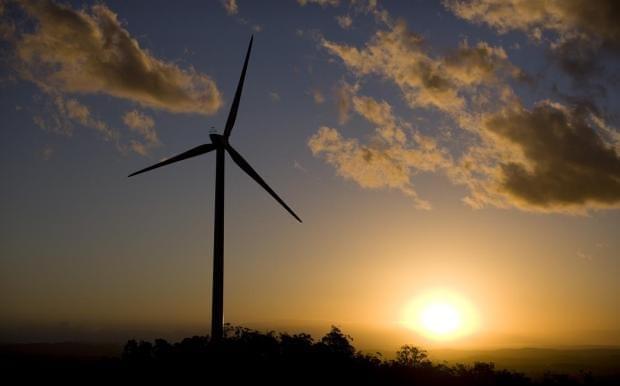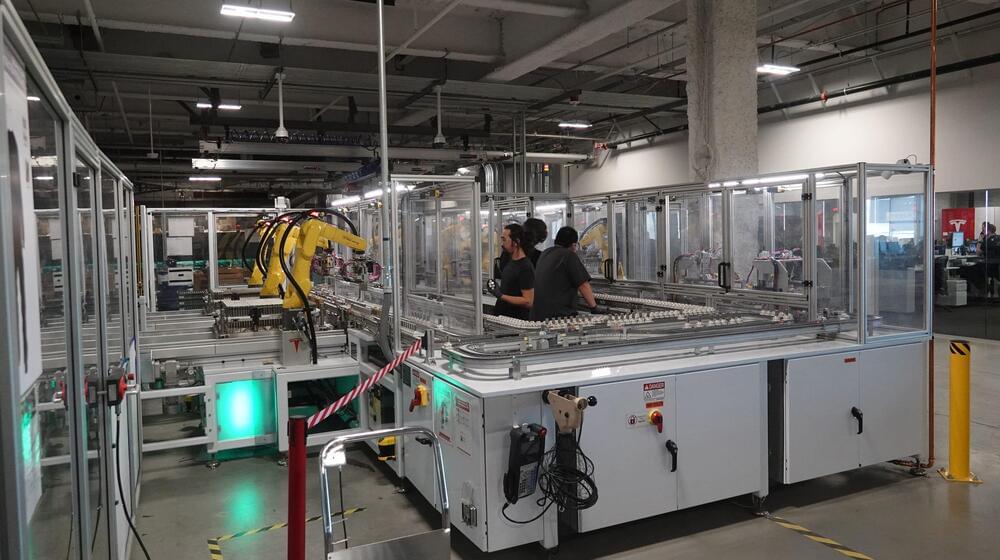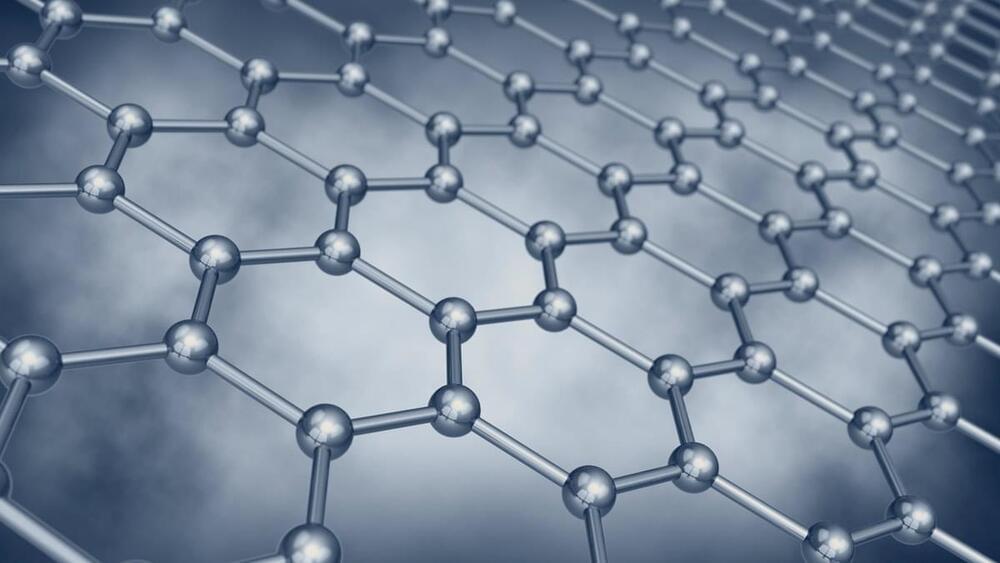Dec 25, 2021
New method converts bio-polyols into carbon monoxide
Posted by Saúl Morales Rodriguéz in categories: chemistry, energy, physics, sustainability
Syngas is an important feedstock for modern chemical industries and can be directly used as fuel. Carbon monoxide (CO) is its main component. Direct conversion of widespread renewable biomass resources into CO can help to achieve sustainable development.
Conventionally, bio-syngas is mainly produced through thermal-chemical processes such as pyrolysis, steam reforming or aqueous reforming, which require high temperature and consume a lot of energy.
Recently, a research team led by Prof. Wang Feng from the Dalian Institute of Chemical Physics (DICP) of the Chinese Academy of Sciences, in collaboration with Prof. Wang Min from Dalian University of Technology, developed a new method to directly convert bio-polyols into CO.

